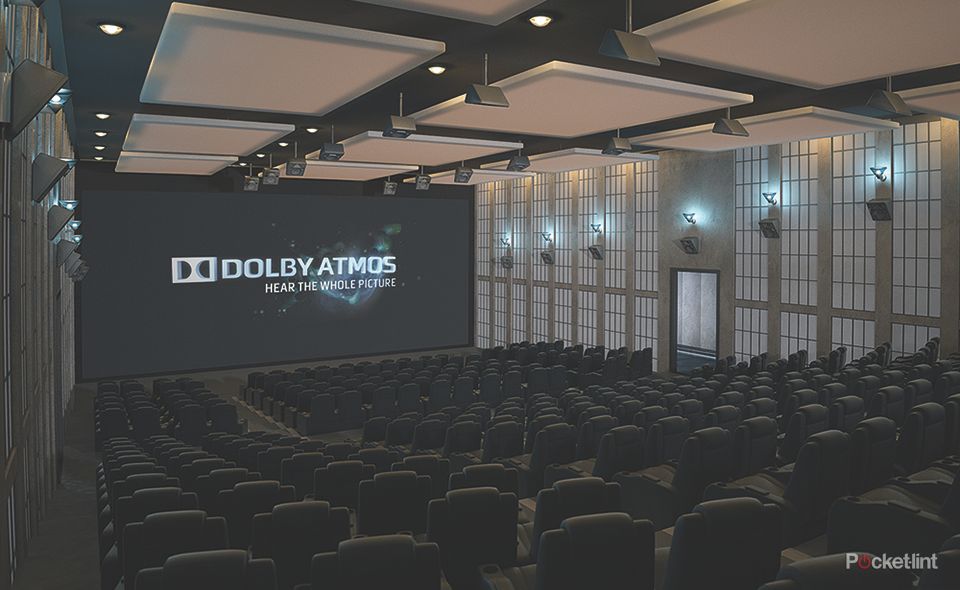Pocket-lint was invited to Dolby’s new European HQ in central London to take a gander - well, lend an ear - to its latest surround technology, Dolby Atmos.
So what exactly is it? Dolby Atmos is a cinema-only (at least for now) surround system, but it has several key features that enable sound to be delivered in a new and improved way.
First off, the Atmos setup sees speakers not only arranged on all four cinema walls, they’ve now also ventured their way on to the cinema ceiling too. All immersive? You got it.
Secondly - and this is the crucial part - is that Dolby has near-abolished the concept of channels. Whereas many will be used to the front, centre, left, surround left/right and back left/right channels concept, Dolby Atmos instead uses a 3D system that can pan sound to individual speaker pairs as plotted on an X-Y-Z course.
The key is at the mixing stage where sound designers can plot up to 128 individual sound objects for any given scene. That’s an astonishing amount of dynamism that, when used with care and attention, can really immerse you in the centre of the action.
The Atmos track includes a bank of data that talks to the system in order to distribute the sounds accordingly. At present a pan can only take place between speaker pairs, but multiple arrays of speakers can be used simultaneously - left, right, and two overhead sets can total eight speakers, for example. As the pans can actuate swiftly the effect to the ears is fluid and there’s not the sensation of “jumping” between one position and another, not unless it’s intentional.
At the introductory screening at the UK’s first full Dolby Atmos cinema we were treated to re-workings of scenes from The Incredibles, Mission: Impossible 4, The Lady In Black and Red Lights. The original sound designers had re-worked and remixed the scenes to use the system to full effect.
The result? It’s quite staggering. In action-packed scenes fast-moving objects flew overhead, cracks of thunder could be picked out of the "cinema sky" in different areas, and even the degree of separation to the score was rather special.
But there is a risk it could be over-used. In the reworking of the Red Lights opening scene the camera was used as a point of view, so each time there was a cut to face a different direction the sound was also repositioned accordingly. Not necessarily a huge problem for all scenes, but when speech bounces from one part of the room to another it’s hard not to be conscious of it.
Dolby isn’t just selling the setup however, it’s as much a concept and delivery package as anything. As per its current services Dolby deals with projects from conception to completion, including sound consultancy to ensure for the best possible results.
It’s certainly a far more pinpoint system than a cruder 7.1 home system, and we’re sure sound designers will have a ball with the system in post production. There’s no problem with backwards compatibility either as the Atmos track output can be deciphered by existing systems.
The big question now is just how many cinemas will fork out for the system to be installed. We hope many will as it’s stuff like this that makes that popcorn-laden experience all the more fun.
Is Dolby Atmos the missing key that will get you to park that behind into the cinema more often?



